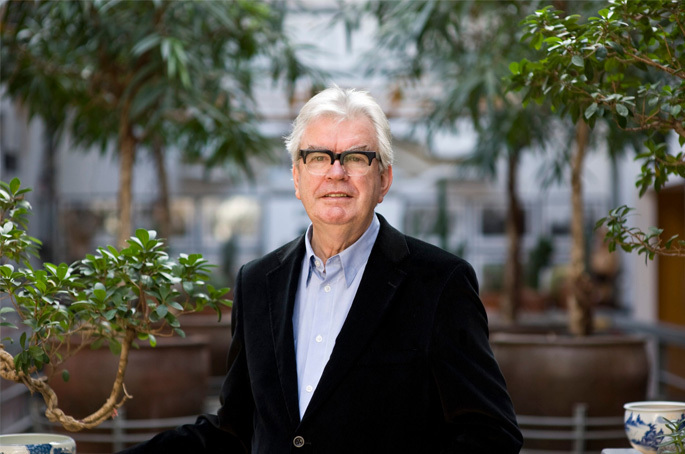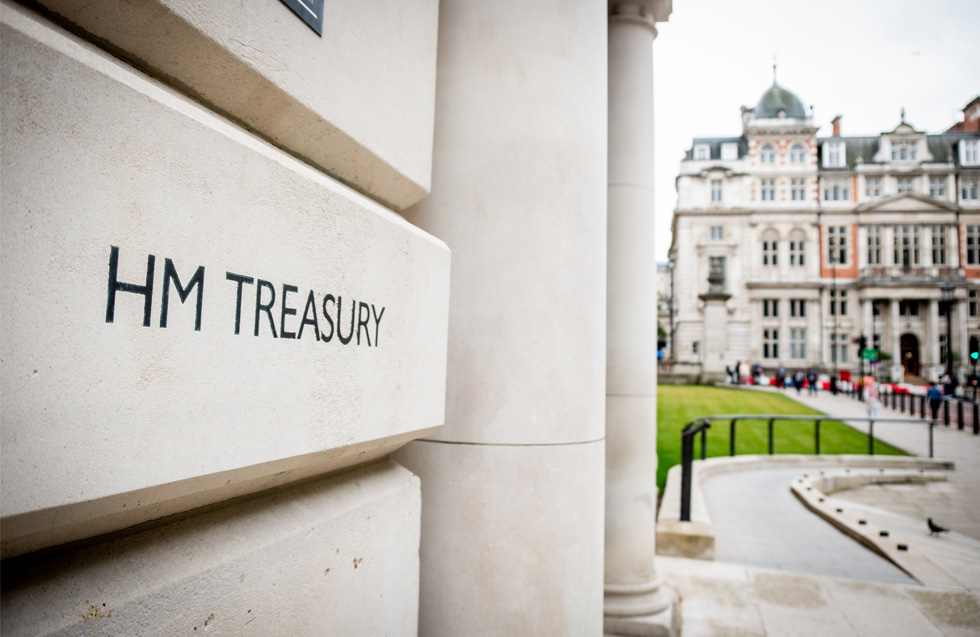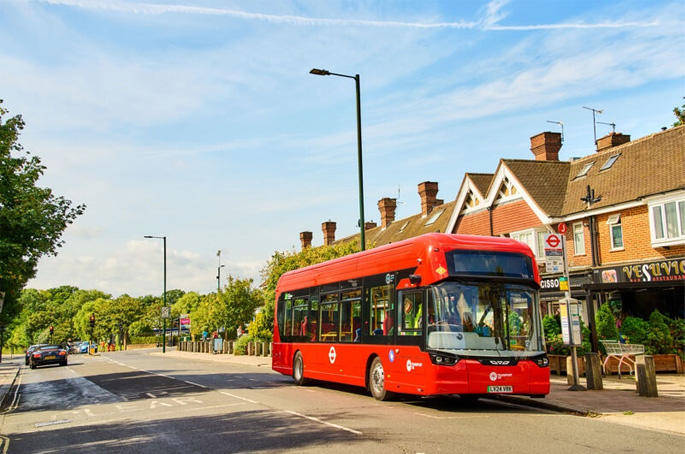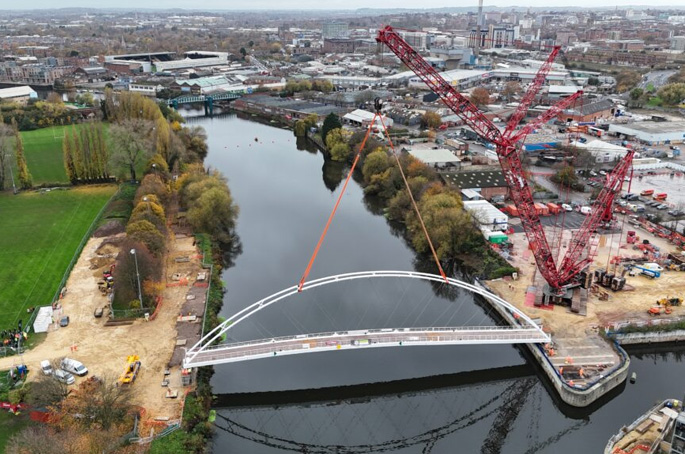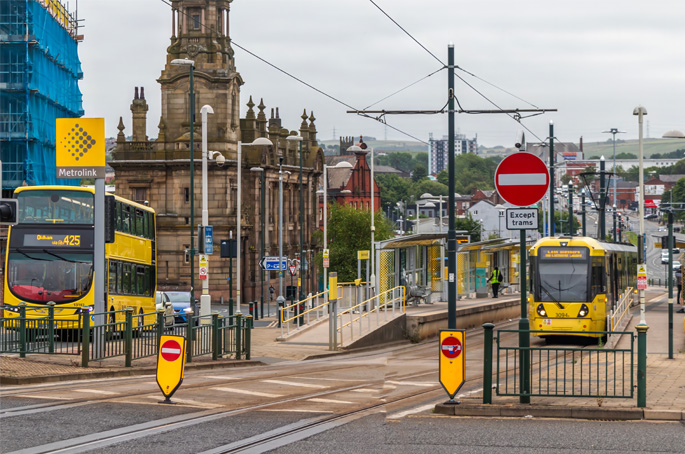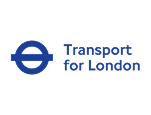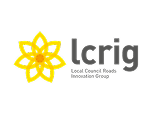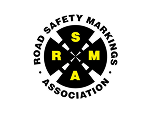Steve Gooding, director of the RAC Foundation and a former director general at the Department for Transport (DfT), pays tribute to the late Sir Terry Farrell.
I was saddened to hear of the death of Terry Farrell recently. Sir Terry has been rightly fêted in the obituaries I have seen for his architectural achievements, his influence on urban design and for founding the Farrell Centre at Newcastle University, born of Terry's firmly held view that ‘every city needs a place where people can come together to debate its future'.
Some years back, I worked in an office with an excellent cross-river view of Sir Terry's MI6 headquarters, which also received many mentions in the obits. But it took an eagle eye to spot reference to the review he led on architecture and the built environment, published in 2013.
I had the pleasure and privilege of meeting Sir Terry for a conversation in the course of that review. Unsurprisingly for someone who was interested in the way the architecture of individual buildings fits within and also shapes the broader urban realm, Sir Terry was interested in the impact of transport infrastructure and services, something that comes through in his review, and in the work his practice was involved in at the time on re-thinking the role of the High Street.
I shan't go into the detail here – the report is still readily available online. But looking back at it sparked a couple of thoughts. Firstly, the need for those responsible for thinking about land-use planning and future development to have transport in mind, ideally front-of-mind, not consigned to an afterthought. This is particularly important when we are – as now – contemplating very large-scale housebuilding and the creation of new towns.
In the net-zero carbon future we are marching towards, it must surely be as important for new homes to be readily accessible and provide their occupants with healthy and sustainable transport options as it is for them to be well-insulated, have solar panels and electric chargepoints associated with provision for car parking. However we might feel about the aesthetics of twiddly, narrow residential streets, one thing all-too-easily missed is whether they can still accommodate buses (recognising the reality that if there is no convenient car-parking, the residents are highly likely to park in the road, or on the footway, or both).
The other issue was the fact that the Farrell Review has probably now joined the considerable library of reviews originally commissioned from a huge range of experts with the best of intentions, announced with a fanfare and celebrated on conclusion, but whose existence is often lost in the mists of time. Some, perhaps, have been tarnished by association with the politics of whichever party was in power when they were done (whether or not those political affiliations extended to the experts in question). I do hope someone in the housing ministry has also been prompted to have a look at how Sir Terry's wisdom might help shape their thinking today.
In a similar vein, I find myself recalling the two mighty tomes that so defined policy thinking in transport and beyond back in the noughties – the Eddington and Stern reports.
If I were back in the business of welcoming new recruits into the DfT, would I encourage them to make time to visit the Eddington review? I think I would. They'd have to go to the National Archives, unless the odd bookcase has survived the multiple reorganisations and remodellings Great Minster House has gone through since Sir Rod's conclusions were published in 2006. Planning reform, devolved responsibility, making the best use of the extensive transport networks we already have – so many of Sir Rod's themes have a resonance and relevance right now.
What other core reports should make it onto the reading list of someone new to highways and transport? Traffic in Towns, perhaps (whatever we now make of Buchanan's conclusions)?

